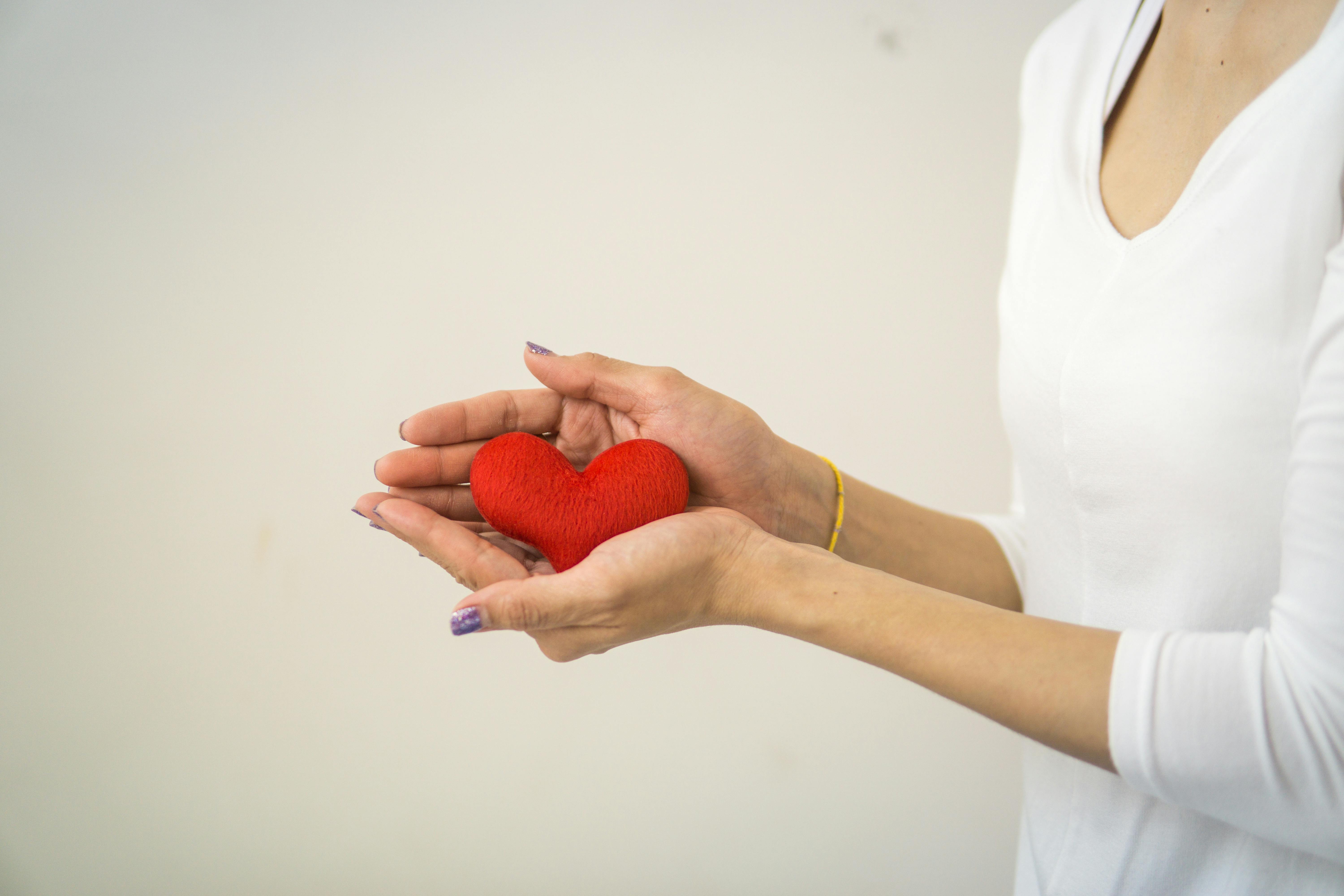The Russian Women’s ‘Death Battalion’
The ‘Battalion of Death’ of Russian women, and what historical impact did they have?
World War I and the declining morale of the male Russian soldier saw a new incentive to raise the morale of the brokenhearted and even ‘shame’ many ‘potential’ male soldiers into joining the fight.
A battalion of female soldiers came together to create a new inspiration for ‘Mother Country’. This group of women would be known as – ‘The Battalion of Death’. Although many women were already trying to sign up and fight in an official capacity, so far they have mostly refused/ignored. The government of this time clung to this notion and reasoned: this would be perfect for raising enthusiasm in the low morale of the Russian (male) soldier. Great potential new twist for the propaganda factory on many levels and there is not much shortage of women willing to fill these shoes.
5,000 Russian women by estimate, served in these newly formed units throughout the country. A sizable number of these chosen women made it to the front lines no less.
Maria Bochkareva
Maria Bochkareva, originally a peasant from Siberia, who had already been serving actively (with military honors) since 1914, was put in charge of establishing this Battalion of Death. Initially attract 2,000 women volunteers. (This number was drastically reduced, as many of these volunteers could not bear the harshness of Maria Bochkareva’s cruel and intolerant leadership).
The uncompromising strength and courage of these women was clearly illustrated in the trenches against the Germans, a case where the Russian (male) soldiers hesitated to come out of the trench and the (female) soldiers, however, did not. Later these women were highly praised for their initiative and unflinching courage. Unfortunately, many of these displays of indomitable mettle eventually worked against these women, as their male counterparts’ attitudes darkened negatively against such unfair and competitive misplaced use of women. In many cases, the unfounded and unwavering courage of these women caused the unnecessary and untimely loss of many agitated male soldiers to prove their worth.
Although the discontent that had arisen from such a niche was forged, many of these Battalion of Death heroines went on and fought in the Russian Civil War with the same fearless courage.
Aviation Group 122
1930 – Marina Raskova, Soviet woman aviator.
Many parallels of the time aligned her with another Amelia Earhart. A Russian woman pilot and aviator, a true pioneer in many fields. Once World War II broke out, Marina Raskova used her ties and connections to Joseph Stalin to organize fighter regiments for female pilots to fight in the skies for her country. About a hundred of these women of the air soaring through the skies and performing some 30,000 combat missions.
(The Soviet Union was in fact the first nation in the world to allow lady aviators to bravely fight in the skies for their country.)
Along with the military land, sea and air services, there were also ‘women snipers’ from World War II. Nearly 2,500 Soviet female snipers and their entire service combined claimed an estimated 11,000 kills for their beloved nation.
Meet Lyudmila Pavlichenko
Lyudmila Pavlichenko (pictured) single-handedly shot down 36 German snipers with her 303 rifle during World War II. (309 deaths overall). Until she became one of Hitler’s greatest threats, she was a history student in kyiv. The first 75 days of war she managed to shoot and kill 187 Germans. Lyudmila was one of 2,000 female snipers who fought for the Red Army and one of 500 who survived.
Lyudmila Pavlichenko at the White House with Mrs. Roosevelt and Judge Robert Jackson after the war.
The philosophy of stoicism in a high-risk atmosphere.
Whether male-soldier or female-soldier in war years past or war years present, resistance to pain or adversity without showing feelings and without complaining = stoicism Soldiers adhere to this on either side of the field of battle and will always follow him. laundry.
This stoicism, however useful or appropriate it may be for the individual soldier, definitely has its blessings and surely has its lasting curses. Stoicism for the soldier can be very easily confused with ‘Invincibility’. It boils down to: ‘the only things that matter are the safe things that I can control, in my control in a very out of control exterior’. One of these secure items in my control is ‘Virtue’ in an environment that is a constant threat to myself and those around me.
With this Armor of Stoicism and Virtue comes a new ability to turn emotions on and off at will, or when needed. Emotions need protection to survive, emotions can cause us to slow down and grieve. Things we are extremely good at ‘not missing out on’ like a hot shower, a hot meal, a very loyal friend who has had his head blown off, a loving family, a general understanding of the sense of compassion.
These ‘non-missing’ abilities spread far and wide, inadvertently leaving many soldiers ‘dead to the world’ in a world they set out to Conquer OR Save.
https://ashdsolomon.wordpress.com
Ash Solomon



Recent Comments